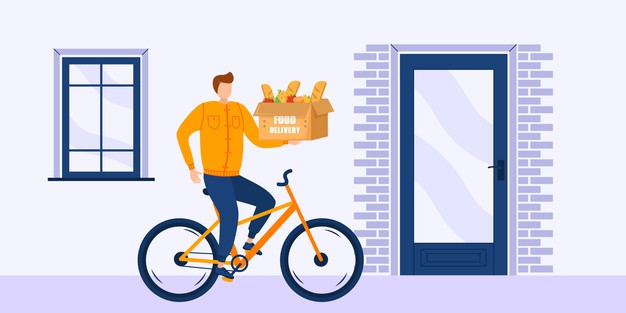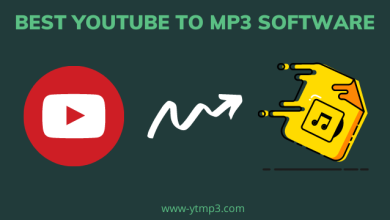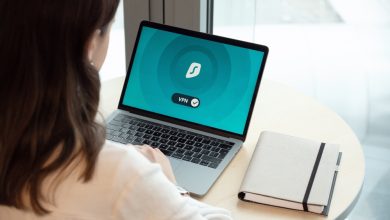An Immersive Guide On Starting Your On-demand Food Delivery Business

Hi! If initiating your on-demand food delivery service is just around the corner, then this blog will divulge certain tips. The key ingredients to set up an on-demand food delivery business are partnerships with restaurants, delivery agents, an online application, and a website.
If you have not decided on the type of business model to adopt, then you will get to know them here. There are different types of business models, with each one differing in a different way. You will know them in detail so that you can choose your business model.
Another imperative phase before setting up your business is developing an online ordering application. Are you aware that entrepreneurs who step into on-demand businesses are investing in clone apps? What motivates them to go for clone apps? You will get answers to these questions in this blog. So, stay tuned!
First, let me explain to you the business models, and you can decide which one will best suit your budget and business goals.
Analyzing the business models of on-demand food delivery business
Order-only platform
In general, the business models will state how a business is going to interact with its customers. So, in this regard, the function of an order-only platform is just to link the customers with restaurants. Let us have a clear explanation of this business model.
In the order-only model, the customer’s orders will be sent to the eateries or restaurants listed on the app. The customer will pay for the order, and the platform will take its share from the payment. Once the order gets ready, the restaurant itself will dispatch it to the customer through its fleet. Overall, the platform is responsible only for linking the restaurants with customers.
This might seem to be budget-friendly for you since there is no need for infrastructure and fleets. But think of restaurants that don’t own their fleet. So, those restaurants that do not own their fleet will not partner with you.
Order and delivery platform
The business model, which directs orders to the restaurants as well as delivers the order through its own fleet, is the order cum delivery model. The process is similar to that of the previous model, with the only modification where the platform itself delivers the orders.
This model is called an aggregator as it aggregates both the process of ordering and delivering. Individual restaurants prefer to tie up with aggregator platforms, as the chances of exposure among people are high.
Fully-integrated model
In the previous model, ordering and delivery will be under the control of the platform. Whereas the concerned restaurant will process/prepare the orders. Alright! Restaurants that develop their own apps, thereby by taking up orders and deliveries, will fall under the fully integrated model. Yes, since they receive orders, process the orders, and delivers them via their own fleet, they have full control over reaching out to the customers. Hence, this type of business operation is called a fully integrated model.
Such types of restaurants may have additional kitchens in different locations, which falls under the concept of cloud kitchens.
From these business models, it is obvious that budget is the major player in deciding the type of business model. If you are starting out with less investment, you can select the order-only model.
Let us move on to the most imperative phase of the business, the app development. As said in the introduction, the concept of clone app development is steadily becoming more popular. The reasons include less initial investment and ready-to-launch software.
For example, you can launch an app like Postmates, which is ready-made and quickly integrated into your business. Who will say no to a ready-made app that contains all the features and requires less investment? None.
Following this, you will know how to customize your website or app so that your users will gain a rich experience.
Tips to customize your food delivery app
- Your app speaks a lot about the level of user engagement. Right from the sign-up page to the thank you page, everything must be easy and appealing. Nowadays, every app has the feature of logging through social media credentials. To save users from the usual registration, the social media sign-up feature is the best alternative.
- Give a catchy logo and tagline that etches your brand on your user’s mind. The app should have features, which will account for a better user experience. Those features include scheduling the delivery of orders at their convenient timings, takeaways, an in-app tracker, different gateways for making the payments, and a feedback section.
To make the user experience a bit more enthusiastic and entertaining, you can integrate your app with gaming APIs. Any idea? There are food delivery apps integrated with several games so that users can play games inside your app. It is just not only about playing games, but you can provide points based on their scores, which can be applied to their orders. Yes, users can redeem their points on orders they place.
Final thoughts
Summing up, we went through various subtopics needed to start an on-demand food delivery application. Alongside, we discussed the Postmates clone app development. I hope this will help you in taking further steps in your business planning.




